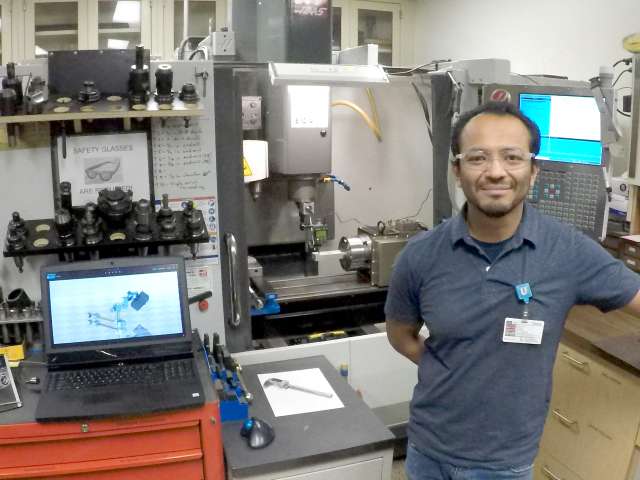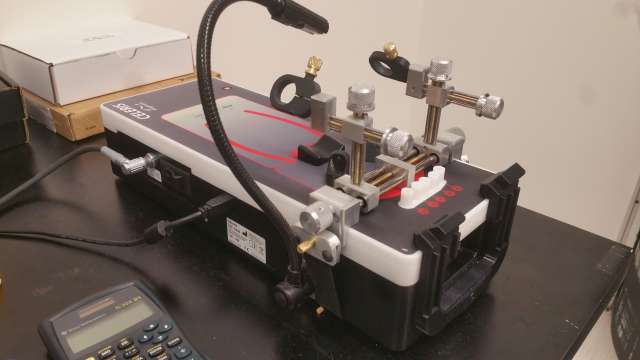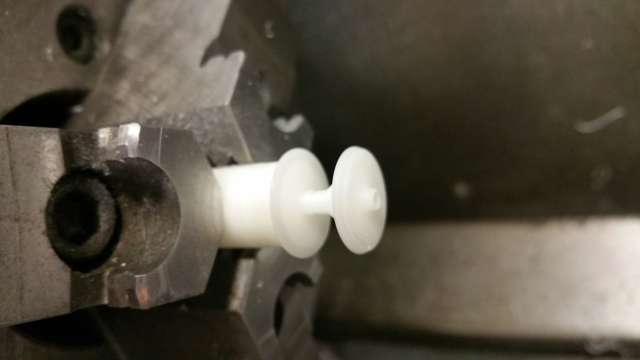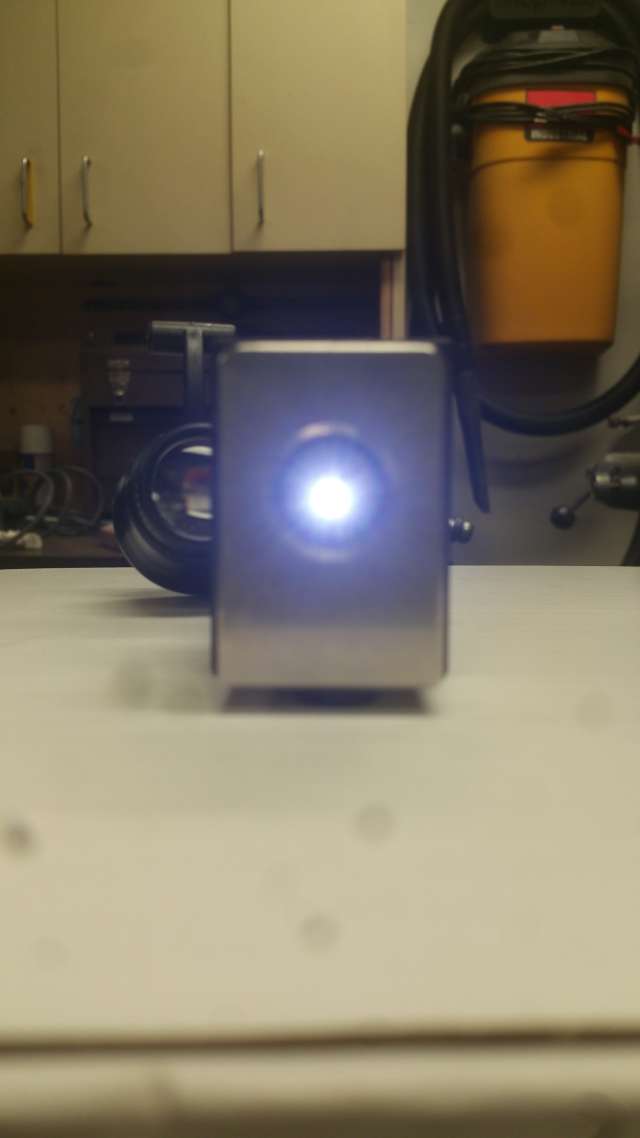Prototype Construction Core
The Prototype Construction Core is dedicated to advancing new technologies in eye research through the rapid fabrication of pioneer prototypes. The core will fabricate unique instrumentation, parts, accessories, and platforms for the innovative experimental set ups needed for NEI R01 grant holders. The investigators have utilized these components to modify a wide range of unique spectroscopic, microscopic, micro-surgical and electro-physiologic components and platforms that meet the specific demands required in vision research.
To use these facilities a written proposal is submitted by NEI R01 grant holders to our Core Mechanician (Mr. Jose Gomez). After an initial assessment ensures the part is unique and within the scope of our capabilities, Mr. Gomez discusses the project with the core director, Dr. Glasgow, for approval. If appropriate the proposed prototype can be submitted on any of the readily available computer-aided design (cad) software such as SolidWorks, LibreCAD etc. Modification will be made by Mr. Gomez if needed to improve the design, choose an appropriate material for construction or any change that would facilitate construction in consultation with the submitting principal investigator. The submitting PI is responsible for purchase of any special tools, hardware and stock need to complete the build. The project will be prioritized according to the urgency and standing priorities of the Prototype Construction Core. After translating the CAD program to an appropriate computer aided machining program, the prototypes will be then constructed by Mr. Gomez, a fully trained mechanician in computer assisted machining.
Major instrumentation and associated exemplary projects are shown below:
1. HAAS computer numerical control (CNC) mill with a fourth axis for construction in aluminum, brass, steel and an assortment of plastics.

Jose Gomez stands by the Haas CNC 4 axis mill to demonstrate the computer aided design of a prototype mini X-Y-Z translation stage. The stage is not commercially available and uniquely dovetails with the Celeris electroretinogram instrument. The final instrument is used by the LIFE core to make electro-physiologic (electroretinogram) measurements in mice.
The integrated stage with the Celeris Electroretinogram instrument.

2. HAAS CNC Lathe and accessories or construction in aluminum, brass, steel and an assortment of plastics.

The CNC lathe holding a prototype of a unique seal for a custom high pressure valve engineered for Dr. Hubbell to make high pressure jumps in electron paramagnetic resonance. Spectroscopy is shown in the chuck.
Prototype of the high pressure adapter

A close up image shows the prototype of the high pressure adapter to interface with Dr. Hubbell’s unique instrument for measuring pressure jumps to investigate the energy states of proteins.
3. Stratasys 3D printers Dimension Elite (left) capable of construction in ABS plastic.
4. Markforged X7 3D printer (right) capable of construction in Onyx, carbon fiber, fiberglass and nylon.

The Stratsys 3F printer dimension Elite is shown on the left; the Markforged X7 3D printer on the right.

Unique parts fabricated for a custom microscope to allow selection of numerous filters for fine adjustments in single photon light experiments of the retina for Dr. Sampath’s laboratory. Mr. Gomez designed this component with Onyx material for chemical resistance.

Shown is a 3D printed component (black in the photo) that is part of unique holder to permit a fiberoptic light source for Dr. Hubbell’s work of photoactivation of light absorbing retinal proteins subjected to high pressure. The 3D printed part was made with the Markforged printer from Onyx for strength. Aluminum parts were machined that interfaced with a quartz capillary tube for increased reflectance and signal. An extremely small diameter hole with narrow tolerances was precisely milled on the CNC lathe in stainless steel to hold the capillary in place. This innovative fiberoptic was specifically required for retinal protein and is not available commercially in EPR instruments.